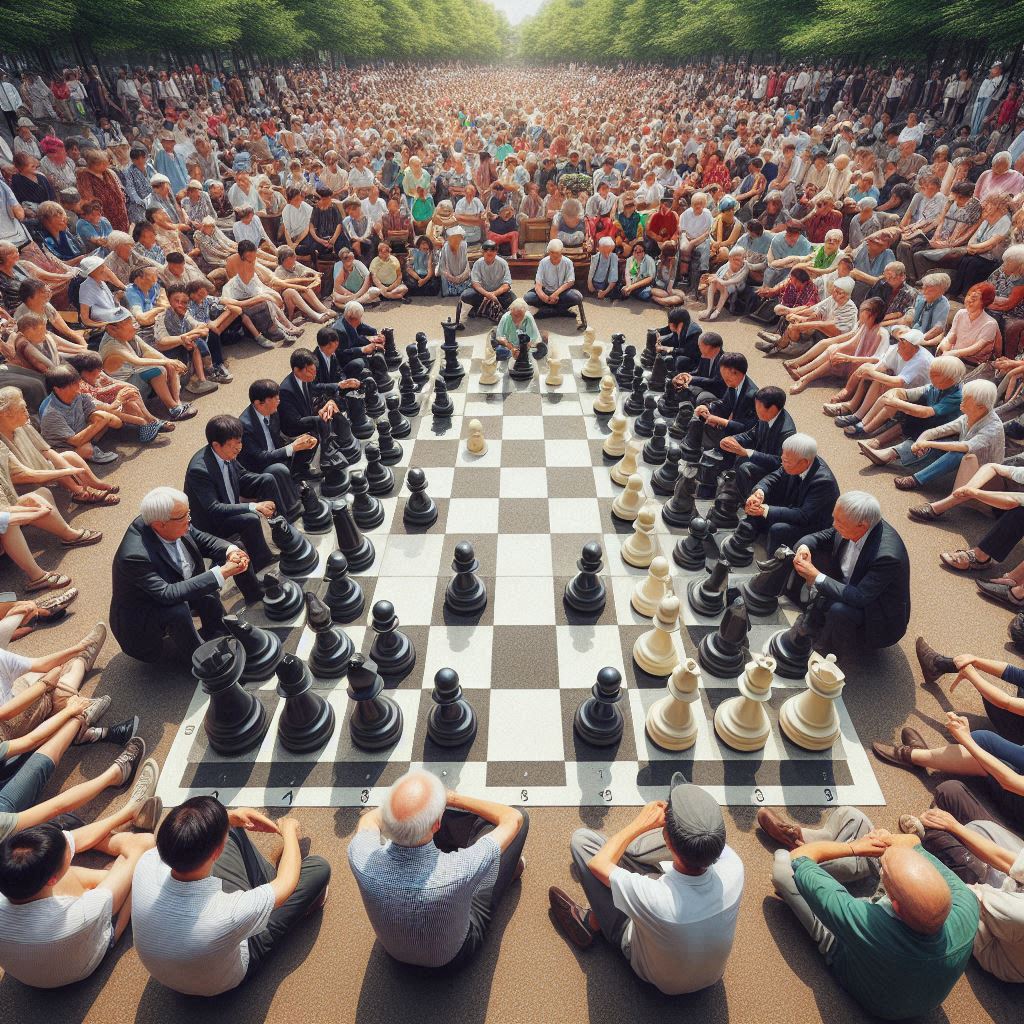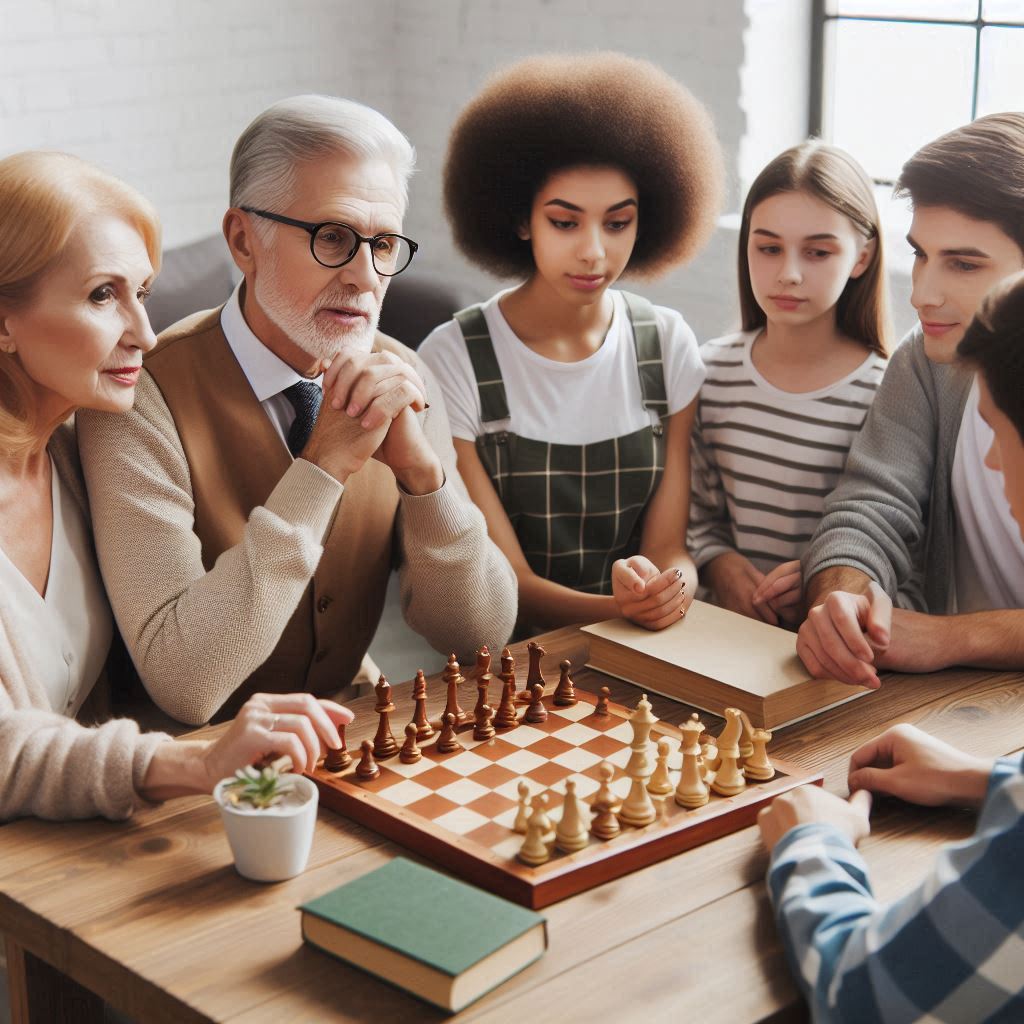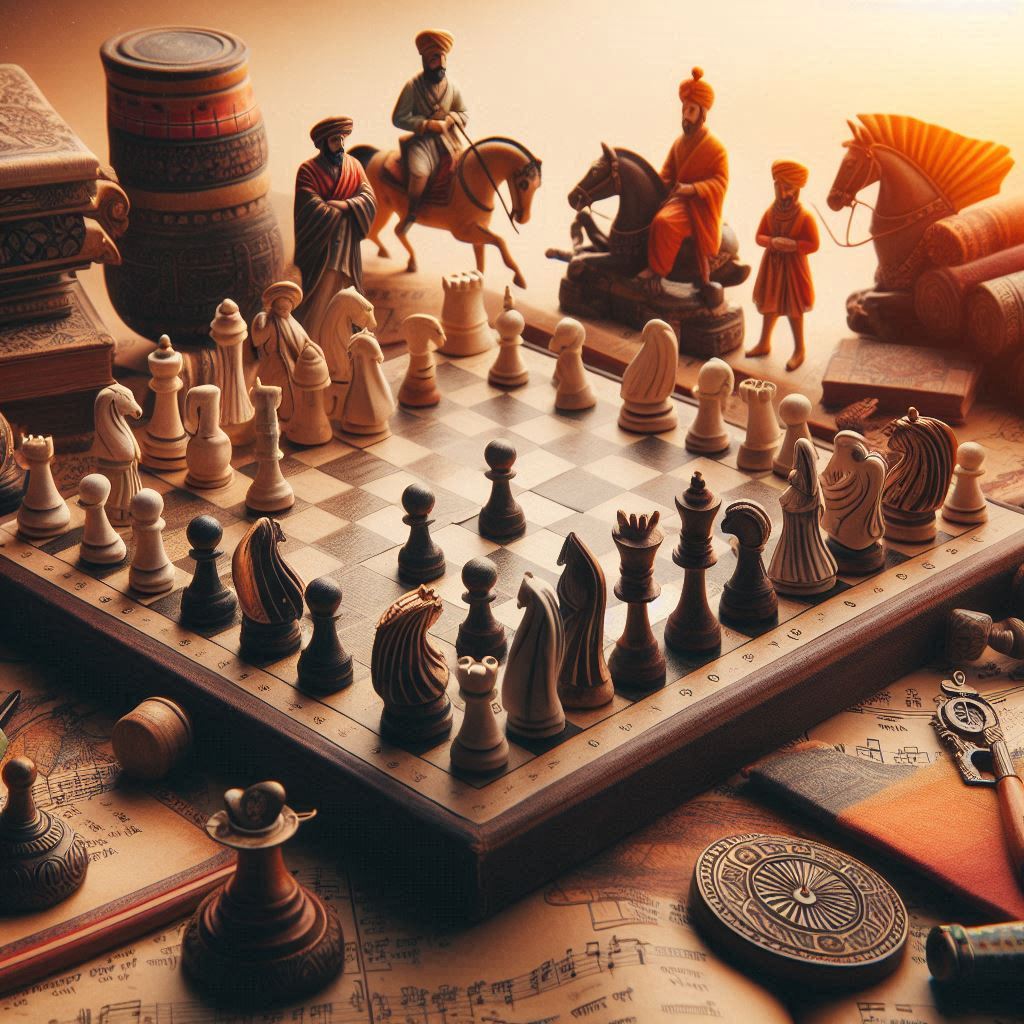Introduction
Chess simultaneous exhibitions, commonly known as “simuls,” are exciting events where a single player, usually a strong player or grandmaster, plays multiple opponents at the same time. These exhibitions are a testament to the player’s skill, stamina, and strategic depth. Whether you’re an aspiring player looking to challenge yourself or an organizer planning a simul event, this guide will provide comprehensive insights into how to play chess simultaneous exhibitions successfully.
Understanding Simultaneous Exhibitions
What are Chess Simultaneous Exhibitions?
In a chess simultaneous exhibition, one player (the exhibitor) competes against multiple opponents simultaneously. The exhibitor moves from board to board, making one move at each board before moving to the next. This format tests the exhibitor’s ability to maintain focus and apply their knowledge across multiple games concurrently.
History of Simultaneous Exhibitions
Simultaneous exhibitions have a rich history in chess, with famous players like Paul Morphy, José Capablanca, and Garry Kasparov known for their impressive simuls. These events have been used to demonstrate skill, entertain audiences, and promote the game of chess.
Preparing for a Simultaneous Exhibition
Physical and Mental Preparation
Simuls require physical stamina and mental endurance. Ensure you’re well-rested and hydrated before the event. Regular exercise and mental exercises, like solving chess puzzles, can enhance your stamina and cognitive sharpness.
Studying Opponents
If possible, study the playing styles and common openings of your opponents. This preparation can help you anticipate their strategies and tailor your approach accordingly.
Choosing the Right Openings
Select a repertoire of solid, reliable openings that you are comfortable with. In simuls, simplicity and familiarity can be more effective than complex or risky lines.
Setting Up the Exhibition
Organizing the Event
Proper organization is key to a successful simul. Arrange the boards in a way that allows smooth movement for the exhibitor. Ensure there is enough space between boards and provide adequate lighting and seating for all participants.
Equipment and Materials
Use standard chess sets and clocks. Ensure all boards are set up correctly, and have extra pieces and clocks available in case of any issues.
Participant Briefing
Brief the participants on the rules and format of the simul. Explain how the exhibitor will move from board to board and clarify any rules regarding time controls, if applicable.
Playing the Simultaneous Exhibition
Starting the Exhibition
Begin the simul with the exhibitor making the first move on each board. Typically, the exhibitor plays White to maintain a consistent opening approach.
Managing Time
Time management is crucial in simuls. Move quickly but thoughtfully to maintain a steady pace. Avoid spending too much time on any single board, as this can disrupt the flow and increase pressure on other boards.
Applying Strategy
Focus on maintaining solid, straightforward positions. Use your knowledge of typical middlegame and endgame patterns to simplify positions and avoid complications.
Staying Focused
Maintaining concentration across multiple games is challenging. Develop a routine or pattern for moving between boards to help maintain focus. Briefly review each board before making a move to stay aware of the overall game states.
Dealing with Challenges
Handling Difficult Positions
When facing a tough position, stay calm and use your experience to find practical solutions. Simplify the game where possible, and look for opportunities to create complications for your opponent.
Managing Multiple Threats
Prioritize addressing immediate threats and critical positions. Use your judgment to allocate more time to complex situations while moving quickly through straightforward positions.
Keeping Up Morale
Maintain a positive attitude, even in challenging situations. Encourage and interact with participants to keep the atmosphere friendly and engaging.
Post-Exhibition Activities
Analyzing Games
After the simul, take time to analyze the games. Identify mistakes and learn from them to improve your performance in future simuls. Reviewing the games can also provide valuable insights into your opponents’ strengths and weaknesses.
Providing Feedback
Offer constructive feedback to participants. Highlight their strengths and provide suggestions for improvement. Positive interaction can enhance their learning experience and promote continued interest in chess.
Celebrating Success
Celebrate your achievements and the success of the event. Acknowledge the effort and skill of all participants, and consider holding a debrief session to share experiences and insights.
Tips for Improving Simultaneous Play
Practice Regularly
Regular practice, both in individual games and smaller simuls, can enhance your ability to manage multiple boards. Simulate the conditions of a simul to build familiarity and confidence.
Learn from Experts
Study the games and techniques of grandmasters known for their simul performances. Analyze their strategies and adapt their approaches to your own style.
Focus on Endgames
Strong endgame skills are crucial in simuls, where many games may reach simplified positions. Regular endgame study can give you an edge in converting advantages and holding difficult positions.
FAQs
How many opponents can a player face in a simultaneous exhibition? The number of opponents can vary, but typical simuls involve between 10 and 50 boards. Some grandmasters have played simuls against over 100 opponents.
What happens if an exhibitor loses on a board? If the exhibitor loses on a board, the game ends, and the opponent is declared the winner. The exhibitor continues playing on the remaining boards.
How long does a simultaneous exhibition typically last? The duration depends on the number of boards and the time control used. Simuls can last anywhere from a few hours to an entire day.
Is it necessary to use chess clocks in a simultaneous exhibition? Using chess clocks is not mandatory but can help manage time and maintain a steady pace. If clocks are used, the exhibitor often receives more total time than the opponents.
Can beginners participate in simultaneous exhibitions? Yes, beginners are welcome to participate in simuls. These events provide a valuable learning experience and the opportunity to play against a stronger player.
How should participants prepare for a simultaneous exhibition? Participants should prepare by practicing their openings, studying common tactical motifs, and playing regular games to sharpen their skills. Familiarity with basic endgames can also be beneficial.
Conclusion
Playing chess simultaneous exhibitions is a challenging yet rewarding experience that tests a player’s skill, endurance, and mental agility. By preparing thoroughly, managing time effectively, and staying focused, you can excel in simuls and provide an engaging and educational experience for your opponents. Use the tips and strategies outlined in this guide to enhance your performance and enjoy the unique challenge of simultaneous chess exhibitions.



